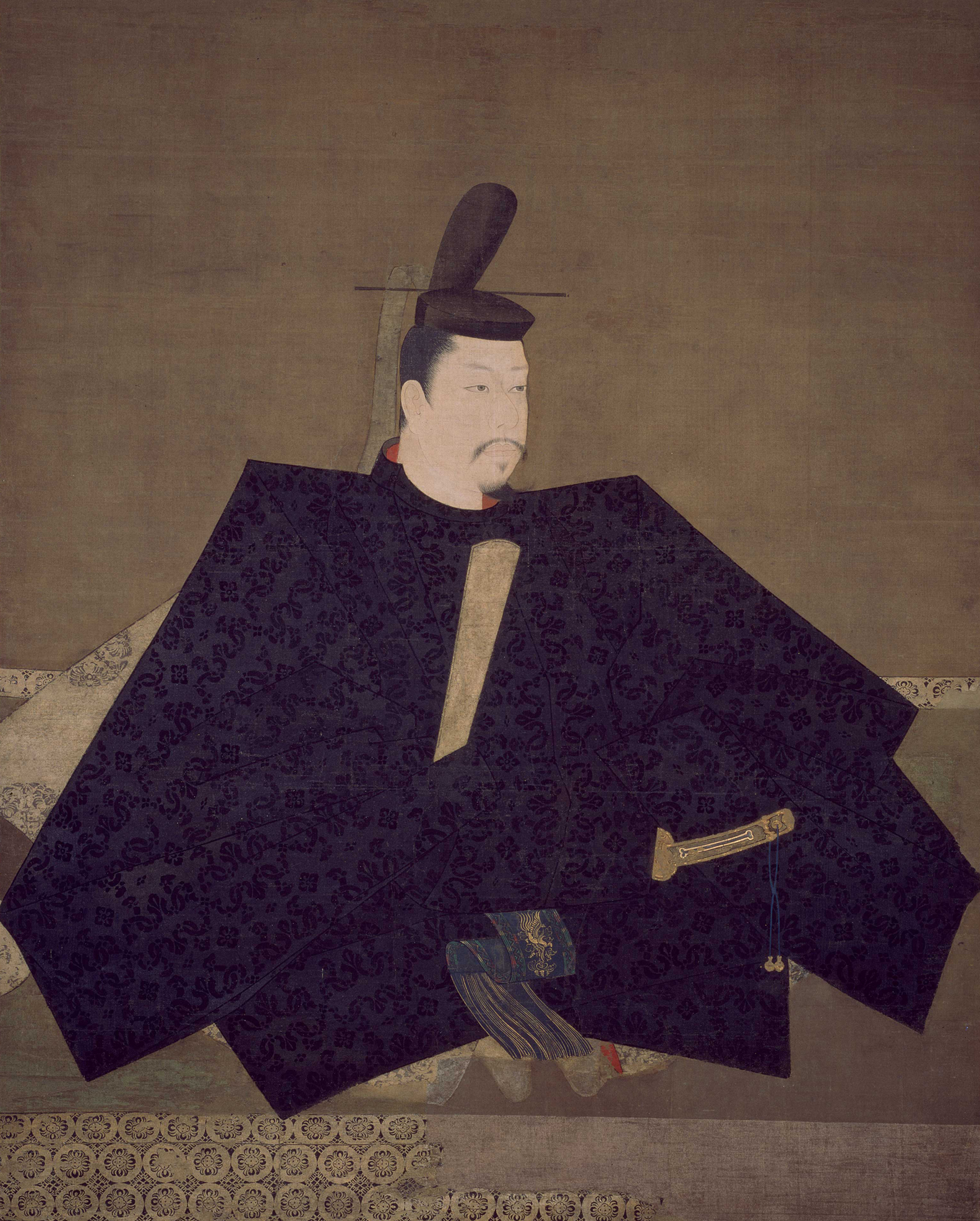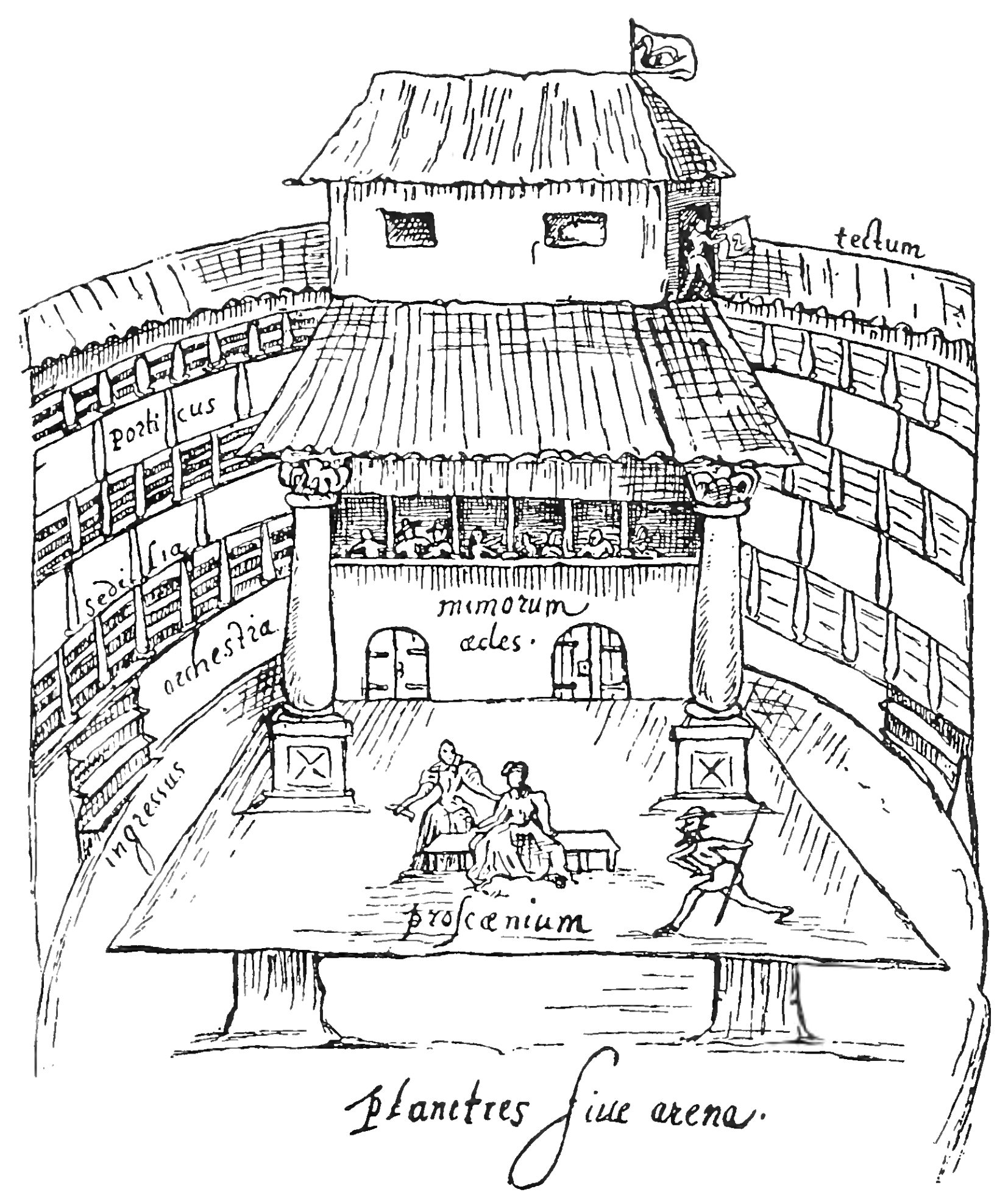|
Chieko Misaki
Chieko Misaki (, ''Misaki Chieko''; 20 February 1921 – 13 February 2012) was a Japanese actress and singer known for her role as aunt Tsune Kuruma in the long-running '' It's Tough Being a Man'' film series. Life Misaki was born in an area of Tokyo and her family had a vegetable business. She was educated at Toyo Girls' High School and then went to work in the Shirokiya department store. She broke into performing when she was employed as a singer by the entertainment company Shochiku in 1939. In 1950 she began giving Kimono shows with the first ever post-war example in the Mitsukoshi store. She went to work for the Mingei theatre company in 1951. The films she appeared in include "Family" and "Like the Flow of the River". She appeared in the 1969 film comedy '' It's Tough Being a Man'' as the protagonist's aunt. This was the first of over forty movies with the same lead character of Toya who in each film finds and fails to get a girl. Misaki has the repeating role as his au ... [...More Info...] [...Related Items...] OR: [Wikipedia] [Google] [Baidu] |
Toshima
is a special ward in the Tokyo Metropolis in Japan. It is one of the eight central wards of the Tokyo Metropolitan area. Located in the northern area of Tokyo, Toshima is bordered by the wards of Nerima, Itabashi, and Kita in the north and Nakano, Shinjuku, and Bunkyo in the south. The ward was founded on March 15, 1947, and reached a peak resident population of 370,000 in 1965. The population has continued to decline and as of May 1, 2015, the ward had an estimated population of 298,250, with a population density of 22,920 persons per km2. During the day the population swells with commuters, resulting in a daytime population of around 378,475. The total land area of Toshima is 13.01 km2, sitting on a moderate plateau with a difference of 28 m between the ward's highest and lowest points. Approximately 47% of Toshima's land is residential, and 20% is commercial and public areas. Although Toshima is a ward, it is referred to as a city. The ward offices are located in Ikebuk ... [...More Info...] [...Related Items...] OR: [Wikipedia] [Google] [Baidu] |
Kamakura
, officially , is a city of Kanagawa Prefecture in Japan. It is located in the Kanto region on the island of Honshu. The city has an estimated population of 172,929 (1 September 2020) and a population density of 4,359 people per km2 over the total area of . Kamakura was designated as a city on 3 November 1939. Kamakura was Japan's '' de facto'' capital when it was the seat of the Kamakura shogunate from 1185 to 1333, established by Minamoto no Yoritomo. It was the first military government in Japan's history. After the downfall of the shogunate, Kamakura saw a temporary decline. However, during the Edo period, it regained popularity as a tourist destination among the townspeople of Edo. Despite suffering significant losses of historical and cultural assets due to the Great Kantō Earthquake in 1923, Kamakura continues to be one of the major tourist attractions in the Kanto region, known for its historical landmarks such as Tsurugaoka Hachimangū and the Great Buddha of Kamaku ... [...More Info...] [...Related Items...] OR: [Wikipedia] [Google] [Baidu] |
Actor
An actor (masculine/gender-neutral), or actress (feminine), is a person who portrays a character in a production. The actor performs "in the flesh" in the traditional medium of the theatre or in modern media such as film, radio, and television. The analogous Greek term is (), literally "one who answers".''Hypokrites'' (related to our word for Hypocrisy, hypocrite) also means, less often, "to answer" the Tragedy, tragic Greek chorus, chorus. See Weimann (1978, 2); see also Csapo and Slater, who offer translations of classical source material using the term ''hypocrisis'' (acting) (1994, 257, 265–267). The actor's interpretation of a rolethe art of acting pertains to the role played, whether based on a real person or fictional character. This can also be considered an "actor's role", which was called this due to scrolls being used in the theaters. Interpretation occurs even when the actor is "playing themselves", as in some forms of experimental performance art. Formerly, in an ... [...More Info...] [...Related Items...] OR: [Wikipedia] [Google] [Baidu] |
Singer
Singing is the art of creating music with the voice. It is the oldest form of musical expression, and the human voice can be considered the first musical instrument. The definition of singing varies across sources. Some sources define singing as the act of creating musical sounds with the voice. Other common definitions include "the utterance of words or sounds in tuneful succession" or "the production of musical tones by means of the human voice". A person whose profession is singing is called a singer or a vocalist (in jazz or popular music). Singers perform music (arias, recitatives, songs, etc.) that can be sung with or without accompaniment by musical instruments. Singing is often done in an ensemble of musicians, such as a choir. Singers may perform as soloists or accompanied by anything from a single instrument (as in art songs or some jazz styles) up to a symphony orchestra or big band. Many styles of singing exist throughout the world. Singing can be formal or ... [...More Info...] [...Related Items...] OR: [Wikipedia] [Google] [Baidu] |
It's Tough Being A Man
(Am I Trying) (Tora-san Our Lovable Tramp) is a 1969 Japanese comedy film directed by Yoji Yamada and starring Kiyoshi Atsumi. It is the first entry in the popular, long-running ''Otoko wa Tsurai yo'' series. Plot Torajiro Kuruma returns for the first time in 20 years to the neighborhood where he was born, Shibamata in Katsushika, Tokyo, He comes back in the middle of Taishakuten temple's Koshin Shinko Festival. After jumping into the festival procession, he has a teary reunion with his uncle, aunt, and his sister Sakura. The next day, he joins his sister at her matchmaking meeting with the son of a company president. Tora's boorish and drunken behavior at the meeting ruins Sakura's chances of marriage. After getting into a huge fight with his uncle over his behavior at the meeting, he leaves home and heads to Nara. While there, he meets and falls in love with a young woman named Fuyuko. They return to Shibamata together and spend time together as if they were couple. At the sa ... [...More Info...] [...Related Items...] OR: [Wikipedia] [Google] [Baidu] |
Shirokiya
was a chain of department stores and other retail establishments founded in Japan and later located in Honolulu under the ownership of Shirokiya Holdings, LLC, a United States-based corporation. The company's last location closed in 2020. Company overview Shirokiya, Inc. (the store) is overseen by a seven-person board, all of whom own a part of Shirokiya's parent company, Shirokiya Holdings, LLC. The CEO and President is Japanese native Koji Hayashi, who also oversees the few functions of the company that still remain in Japan. Director and Store Manager Walter Watanabe, as well as the remaining directors, oversee the bulk of the operations, also serving as store senior management. History Hikotaro Omura opened a dry goods store at Nihonbashi in Edo, (now Tokyo) in August 1662. Omura called the store Shirokiya Gofukuten, a name that would last until the 20th century. Over the next few hundred years, the store slowly expanded, and as Japan entered the Meiji era, Shirokiya and i ... [...More Info...] [...Related Items...] OR: [Wikipedia] [Google] [Baidu] |
Shochiku
is a Japanese entertainment company. Founded in 1895, it initially managed '' kabuki'' theaters in Kyoto; in 1914, it also acquired ownership of the Kabuki-za theater in Tokyo. In 1920, Shochiku entered the film production industry and established the Kamata Film Studio. Currently, it is considered one of Japan's Big Four film studios and is the oldest among the Big Four. Shochiku is a member of the Motion Picture Producers Association of Japan (MPPAJ). It also produces and distributes anime films, in particular those produced by Bandai Namco Filmworks (which has a long-time partnership—the company released most, if not all, anime films produced by Bandai Namco Filmworks). Its best remembered directors include Yasujirō Ozu, Kenji Mizoguchi, Mikio Naruse, Keisuke Kinoshita and Yōji Yamada. It has also produced films by highly regarded independent and "loner" directors such as Takashi Miike, Takeshi Kitano, Akira Kurosawa, Masaki Kobayashi and Taiwanese New Wave d ... [...More Info...] [...Related Items...] OR: [Wikipedia] [Google] [Baidu] |
Mitsukoshi
is an international Department stores in Japan, department store chain with headquarters in Tokyo, Japan. Its holding company, Isetan Mitsukoshi Holdings, is a member of the Mitsui, Mitsui Group. History It was founded in 1673 with the (shop name) , selling kimono. Ten years later in 1683, Echigoya took a new approach to marketing. Instead of selling by going door-to-door, they set up a store where buyers could purchase goods on the spot with cash. Mitsukoshimae Station on the Tokyo Metro is named after the adjacent Mitsukoshi department store. Mitsukoshi is the root of Mitsui, Mitsui group. In the 1970s, Mitsukoshi bought the Oriental Nakamura department store in Nagoya and re-branded them as . Genichiro Inokuma designed the wrapping paper in white and red. In August 2007, it was announced that Mitsukoshi would merge into Isetan, a major department store in Japan. Mitsukoshi was unlisted on March 26, 2008, and on April 1, it merged with Isetan under a joint holding compa ... [...More Info...] [...Related Items...] OR: [Wikipedia] [Google] [Baidu] |
Dango
is a Japanese dumpling made with regular rice flour and glutinous rice flour. They are usually made in round shapes, and three to five pieces are served on a skewer, which is called . The pieces are eaten with sugar, syrup, red bean paste, and other sweeteners. Generally, ''dango'' falls under the category of ''wagashi'' (Japanese confectionery), and is often served with green tea. It is eaten year-round, but the different varieties are traditionally eaten in given seasons. ''Dango'' is sometimes compared with mochi, but is different in that mochi is generally made only with glutinous rice. A popular type of ''dango'', the ''hanami dango'', has been made into a Unicode emoji (🍡). Types The many different varieties of ''dango'' are usually named after the various seasonings served on or with it. Popular dango * is commonly covered with sweetened red bean paste; ingredients other than '' azuki'' are used on rare occasions. Other toppings for anko include made from ed ... [...More Info...] [...Related Items...] OR: [Wikipedia] [Google] [Baidu] |
Tora-san To The Rescue
is a 1995 Japanese comedy film directed by Yoji Yamada. It stars Kiyoshi Atsumi as Torajirō Kuruma (Tora-san), and Ruriko Asaoka as his love interest or "Madonna". ''Tora-san to the Rescue'' is the forty-eighth entry in the popular, long-running ''Otoko wa Tsurai yo'' series. Cast * Kiyoshi Atsumi as Torajirō * Chieko Baisho as Sakura Suwa * Ruriko Asaoka as Lily * Hidetaka Yoshioka as Mitsuo Suwa * Kumiko Goto as Izumi Oikawa * Masami Shimojō as Kuruma Tatsuzō * Chieko Misaki as Tsune Kuruma (Torajirō's aunt) * Gin Maeda as Hiroshi Suwa * Hisao Dazai as Boss (Umetarō Katsura) * Gajirō Satō as Genkō * Hiroshi Inuzuka as Taxi driver * Keiroku Seki as Ponshū * Mari Natsuki as Ayako Oikawa * Kunie Tanaka was a Japanese actor. Tanaka first made a name for himself as the lecherous antagonist of the ''Wakadaishō'' series (1961–1981) of films. He is also well-known for his roles in Kinji Fukasaku's yakuza films, namely the ''Battles Without Hon ... as Ship captain ... [...More Info...] [...Related Items...] OR: [Wikipedia] [Google] [Baidu] |
Actresses From Tokyo
An actor (masculine/gender-neutral), or actress (feminine), is a person who portrays a character in a production. The actor performs "in the flesh" in the traditional medium of the theatre or in modern media such as film, radio, and television. The analogous Greek term is (), literally "one who answers".''Hypokrites'' (related to our word for hypocrite) also means, less often, "to answer" the tragic chorus. See Weimann (1978, 2); see also Csapo and Slater, who offer translations of classical source material using the term ''hypocrisis'' (acting) (1994, 257, 265–267). The actor's interpretation of a rolethe art of acting pertains to the role played, whether based on a real person or fictional character. This can also be considered an "actor's role", which was called this due to scrolls being used in the theaters. Interpretation occurs even when the actor is "playing themselves", as in some forms of experimental performance art. Formerly, in ancient Greece and the medieval ... [...More Info...] [...Related Items...] OR: [Wikipedia] [Google] [Baidu] |







